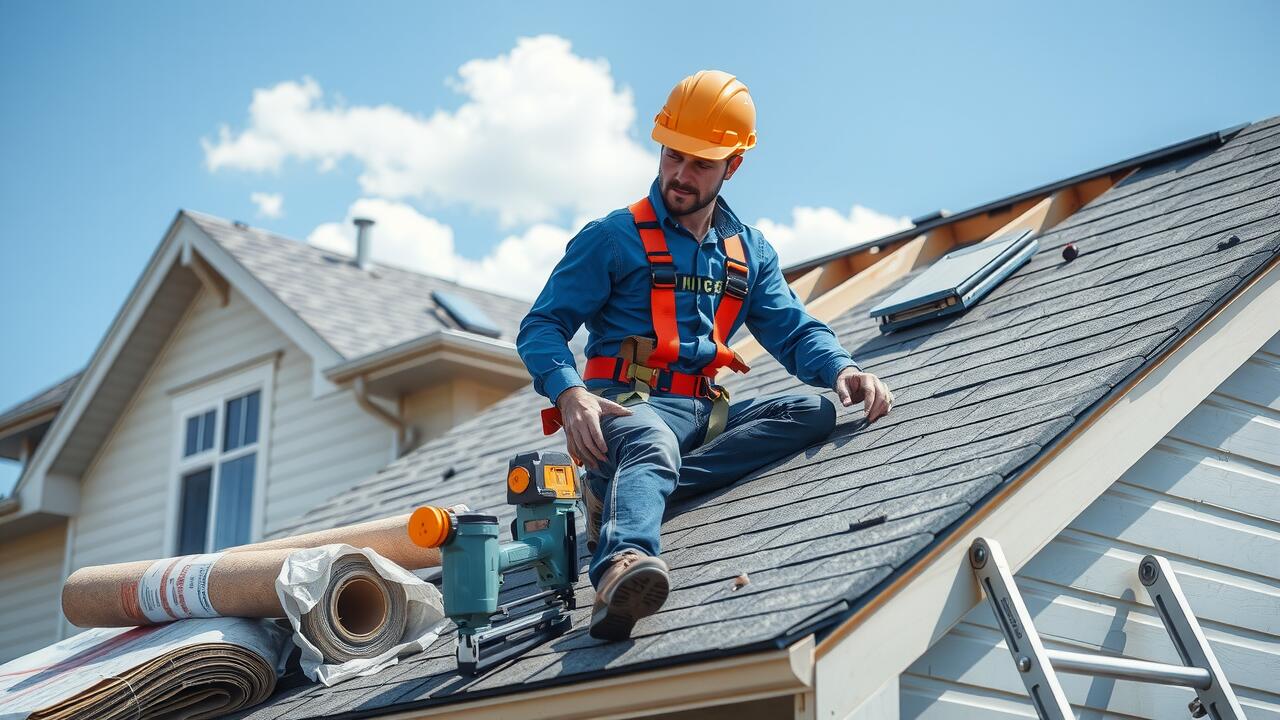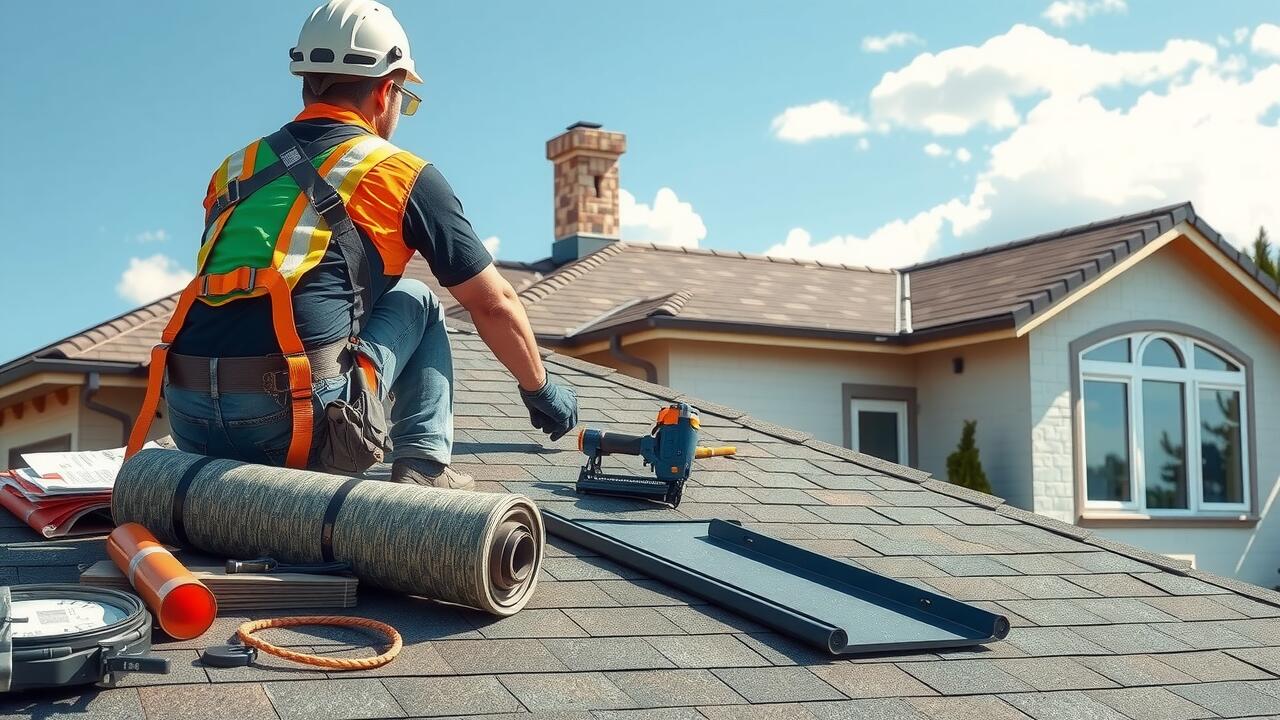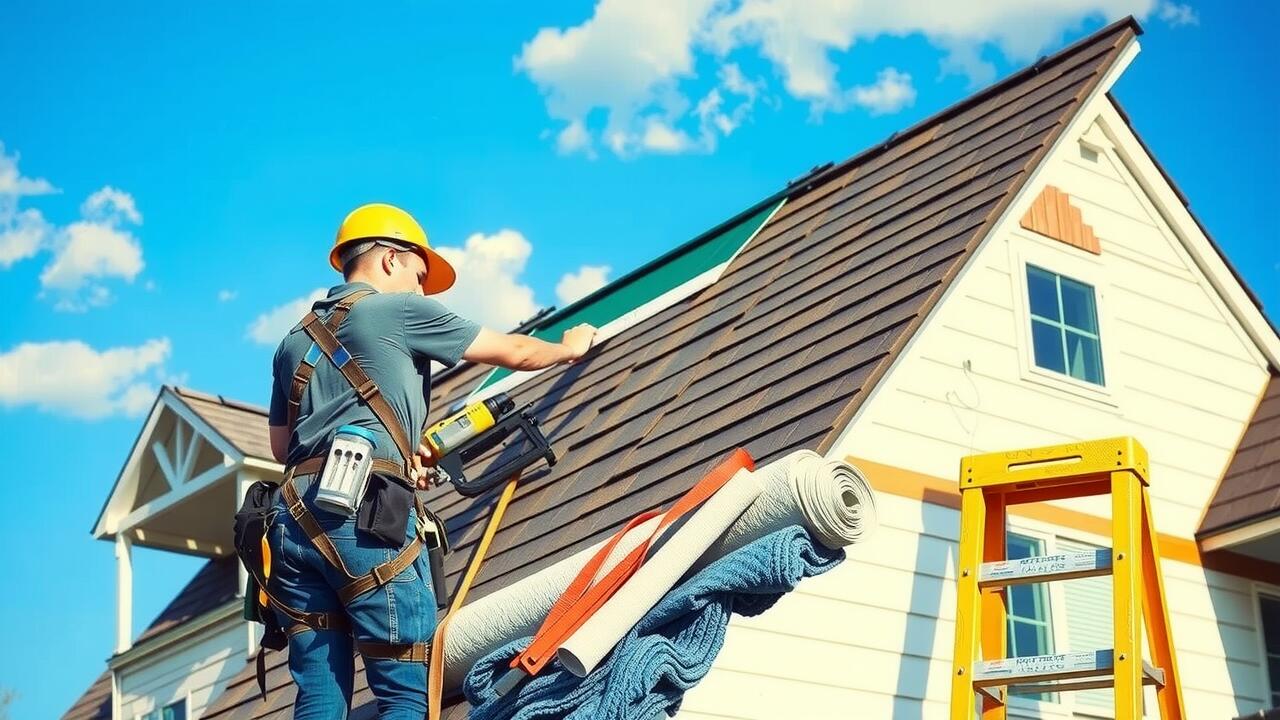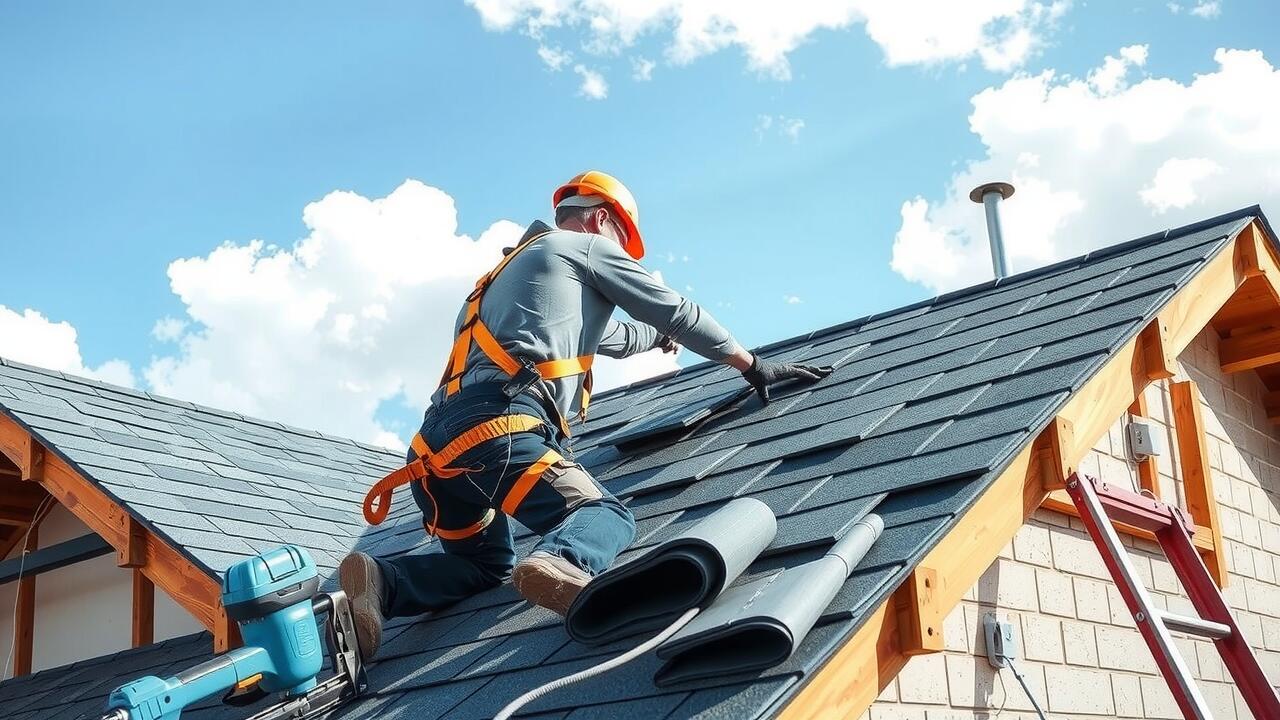
Table Of Contents
Signs of Roof Damage to Look For
Identifying signs of roof damage is essential for maintaining the integrity of your home. Homeowners should be vigilant for missing or broken shingles, which can expose underlying materials to the elements. Additionally, check for warped or sagging areas on the roof, as these may indicate structural issues. Water stains on the ceilings or walls inside the house are also red flags, suggesting leaks that could lead to more significant problems if left unaddressed.
Regular inspections can help catch these signs early. When considering Roofing Services in Canyon Country, Santa Clarita, it’s important to communicate any concerns about your roof’s condition. Inspectors look for wear and tear that may not be easily visible from the ground. Ensuring that your roof is in good shape not only protects your home but also prolongs the lifespan of your roofing materials.
What Inspectors Pay Attention To
Inspectors focus on several key elements during a roofing inspection to identify potential issues. They begin with an overall assessment of the roof’s condition, examining for signs of wear, decay, and structural integrity. The inspector evaluates flashing, shingles, and any other roofing materials for damage or deterioration. This thorough examination is essential to ensure that no underlying problems are overlooked.
Additionally, inspectors pay close attention to the drainage systems, including gutters and downspouts, to verify their functionality. Proper drainage is crucial for preventing water accumulation and subsequent damage to the roofing structure. Homeowners seeking reliable Roofing Services in Canyon Country, Santa Clarita, can benefit from understanding these inspection priorities. This awareness empowers them to address minor issues before they escalate into more significant repairs.
Understanding Different Roofing Materials
Different roofing materials come with unique characteristics that impact durability, aesthetics, and maintenance needs. Asphalt shingles are common due to their affordability and ease of installation. Metal roofs offer a longer lifespan and excellent resistance to extreme weather. Wood shakes provide a natural look but may require more upkeep. Understanding the specific benefits and drawbacks of each material is essential for homeowners when considering repairs or replacements.
The type of roofing material can significantly affect the inspection process. Inspectors must adapt their techniques based on whether the roof comprises asphalt, metal, tile, or another substance. Certain materials may hide damage more effectively, which requires seasoned professionals to scrutinize them closely. When seeking reliable roofing services in Canyon Country, Santa Clarita, it is crucial to choose experts familiar with the local climate and material considerations.
How Material Affects Inspection
The type of roofing material significantly influences the inspection process. Different materials present unique characteristics that can affect their durability, maintenance, and potential issues. For instance, asphalt shingles may require scrutiny for granule loss and curling, while metal roofs demand attention to seams and flashing integrity. Understanding these specifics helps roof inspectors identify potential problems more effectively.
In areas like Mint Canyon, familiar roofing materials such as tile, slate, and wood also necessitate particular inspection techniques. Tile roofs may need thorough assessment for cracking or displacement, whereas wooden roofs are often evaluated for signs of rot or insect damage. Engaging professional roofing services in Canyon Country, Santa Clarita, ensures that such specific material concerns are adequately addressed during the inspection. This can lead to an accurate assessment of both the roof’s condition and the necessary steps for maintenance or repair.
What Happens After the Inspection
After the inspection, homeowners typically receive a detailed report outlining the roof’s condition. The report includes photographs, descriptions of any damage found, and recommendations for necessary repairs or maintenance. This document serves as a valuable resource for understanding the specific needs of the roof and helps to prioritize any immediate actions that may be required.
Based on the inspector’s findings, homeowners can then consult with contractors to discuss potential roofing services. Those in need of repairs or replacement can explore various options tailored to their budget and preferences. Engaging professional roofing services in Canyon Country, Santa Clarita can ensure that any work done meets local codes and enhances the longevity of the roof.
Interpreting the Inspector’s Report
The inspector’s report serves as a comprehensive overview of the findings from the roofing inspection. It typically includes detailed notes about any damages, such as missing shingles, leaks, or structural issues that were identified during the evaluation. Alongside descriptions of the problems, the report often rates the severity of each issue, helping homeowners prioritize their repair needs. Clear photographs may be included to offer visual documentation and context.
Understanding the inspector’s comments is crucial for effective decision-making. Homeowners should pay special attention to any recommendations for repairs or further evaluations. If repairs are suggested, it may be helpful to consult with local experts in Roofing Services in Canyon Country, Santa Clarita, to address issues promptly. This proactive approach can help prevent small problems from evolving into significant complications down the line.
FAQS
What is the purpose of a roofing inspection?
A roofing inspection is conducted to assess the condition of your roof, identify any potential damage, and determine necessary repairs or maintenance to prolong its lifespan.
How long does a roofing inspection typically take?
The duration of a roofing inspection can vary depending on the size and complexity of the roof, but most inspections usually take between 30 minutes to two hours.
What are common signs of roof damage that inspectors look for?
Inspectors often look for missing or damaged shingles, signs of leaks, rusted flashing, sagging areas, and any wear and tear that could compromise the integrity of the roof.
How does the type of roofing material affect the inspection process?
Different roofing materials, such as asphalt shingles, metal, or tile, have unique characteristics and potential issues. Inspectors will pay special attention to the specific vulnerabilities associated with each material during the inspection.
What should I expect after my roofing inspection?
After the inspection, you will receive a detailed report from the inspector outlining their findings, including any recommended repairs or maintenance, which will help you make informed decisions about your roof.


